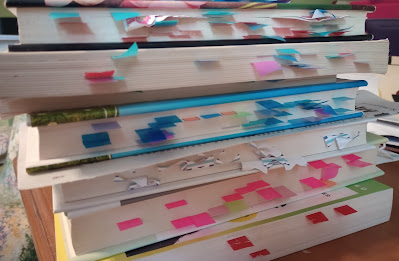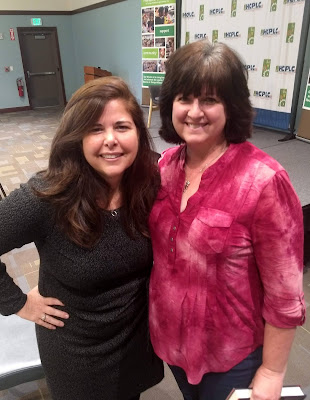When I hear about a book I think I’d like to read, I usually check it out from the library, even if I have to wait in a long line of library holds to do so. Only after I’ve read and loved a book, and know I’ll want to read it more than once, will I buy my own copy. (I must make these rules for myself because otherwise I’d be b-a-n-k-r-u-p-t if I bought a copy of every book I wanted to read.)
But every now and then, a book comes along that makes me break
my rules. When I heard the title of Courtney Carver’s new book, I knew I had to
read it. I also decided to do something I rarely do: preorder a copy. I’ve read
Carver’s other books and loved them, and the premise of her new book spoke to
me, especially in 2025, when my word of the year is ease.
I’m two-thirds of the way through Gentle: Rest More, Stress Less, and Live the Life You Actually Want and it does not disappoint.
Start with rest
Gentle is divided into three sections: Rest, Less,
and Rise. Each chapter ends with tiny steps, and if even the tiny steps are too
much, a single “Gentle” step. Each chapter also ends with a (usually) single-sentence
“Permission Slip.”
“Rest” is first in the book because so many of us are so exhausted. It resonated very much with me because I’m still coming down from the high wire of stress and grief from the past couple of years. In this section, Carver offers suggestions for inviting more rest into our lives—from actively scheduling literal 5- to 10-minute blocks of rest and allowing more margin between activities, to learning to underreact to various situations we find upsetting, and discovering what actually feels restful to each of us. One of my favorite sections of the whole book was the deep dive into “the new rules of rest.” One of my favorites: “Thou shalt ease through hard days rather than pushing through them.”
Less is next
The second section of the book is “Less.” Whether it’s having fewer things, giving less advice, picking up your phone less often, or living with less regret, according to Carver, if you’re stressed or anxious, “The answer is usually less.”
The chapter titled “Release Your Pain” is one I’m still
thinking about. In it, Carver relates that she destroys her journals.
!!! Now, I’ve just moved a giant box of journals from one house to another and
the idea of destroying them is…horrifying to me. But she asks a number of good
questions about why one might be keeping journals, and offers some compelling reasons
for being willing to let go. One reason I’m holding on to mine is to have a
record of my life to look back on, but as she writes: “If what’s holding you
back [from releasing your journals] is the fear of not remembering, consider how you want to spend your time
now and how you may want to spend it in the future. Will you want to spend it
frustrated that you can’t remember things, and trying to unearth your past? Or will
you want to read a book, spend time with people you love, play a game, watch
your favorite movie, or learn a new skill?
As I said, I’m still thinking about this.
Finally, we rise
The final section of the book is “Rise,” and in the spirit
of Gentle, I decided against rushing through this last part in order to summarize it
for you. I did peek at the introduction to “Rise,” and it begins like this: “Becoming
the Gentle You doesn’t mean you have to withdraw from the world. You don’t have
to stop striving for what you want or stop caring.” Carver notes that the
practices from the first two sections of the book will serve as supports as you
“accomplish all that you want to accomplish, not by pushing through but by
easing through.”
Which seems like a good place to ask the question Carver poses earlier in Gentle: “If you were more at ease and relaxed, would you be better equipped to create and live the life you desire?” Something for us all to think about.
I highly recommend Courtney Carver’s Gentle: Rest More,
Stress Less, and Live the Life You Actually Want and will be savoring the
last few chapters this weekend.







.jpg)

















